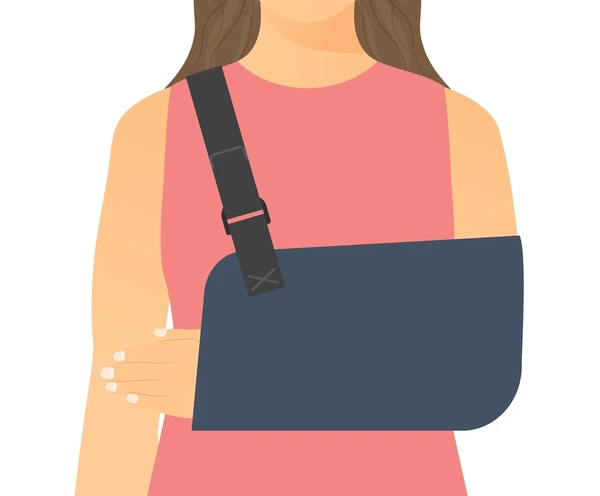Arthritis can be painful, debilitating and can interfere with your lifestyle. There are several treatment options for shoulder arthritis depending on the severity of your symptoms. In the case of mild arthritis, conservative treatment should be attempted, whereas severe arthritis may require surgery if someone is in good health and has limitation in quality of life.Treatment options include:Medications: Anti-inflammatories such as ibuprofen (Motrin or Advil) and naproxen (Aleve) are used to reduce pain and inflammation. The max does for ibuprofen is 800 mg three times per day. The maximum dose for naproxen is 500 mg twice daily. Prolonged usage should be avoided, and these should be taken with food since they can affect the stomach lining. If one experiences an upset stomach, these should be stopped.Injections: An injection of steroid (cortisone) into the glenohumeral joint is one of the most common means to provide pain relief. Alternative injections include Toradol (an anti-inflammatory agent similar to ibuprofen), prolotherapy, or platelet-rich plasma (PRP). I use Toradol in people who do not tolerate steroids.Prolotherapy involves injecting a substance such as sugar into tissue to “stimulate a healing response.” I do not perform prolotherapy as it has not been shown to improve symptoms in shoulder arthritis.PRP involves taking a small amount of blood from a patient, spinning in a centrifuge to separate the growth factors from the red blood cells, and then injecting the growth factors back into the shoulder to potentially decrease pain. PRP is believed to have anti-inflammatory properties and the injection is a safe, low-risk procedure. Typically, a series of 3 injections are performed, each done one to two weeks apart.Stretching: In most cases I do not prescribe aggressive strengthening with physical therapy as this can aggravate the arthritis. Rather, gentle stretching is encouraged.Surgery: In the event that symptoms do not improve with conservative care, surgery is an option. Two options exist.
- Arthroscopy - This procedure requires general anesthesia, takes about 45 minutes to perform, and patients go home the same day. Two to three small incisions are made in the shoulder, a scope is inserted, and the adhesions and bone spurs are directly released. This is most likely to be successful in patients with mild arthritis. While the procedure is low risk, it does not alter the underlying condition.
- Shoulder replacement - While less common than hip or knee replacement, shoulder replacement surgery is very effective and has a lower risk of complication than hip or knee replacement. This procedure requires general anesthesia with an incision in front of the shoulder and takes about 1 hour to perform. The ball and the socket joint are resurfaced with a metal and high-strength plastic prosthetic implant in order to relieve pain and improve range of motion. The success rate is over 90%. Risks include infection (less than 1% in my patients), and component loosening over time - 90% of the implants are still in 10 years after surgery and 70-80% are in 20 years after surgery.
Deciding to perform surgery is based on quality of life rather than X-rays. For the most part, arthritis progresses slowly over years. Age is also a factor in treatment, but in today’s world health is more important than age. Because the diagnosis is obvious on X-rays, an MRI or CT scan is only needed if surgery is being considered. Talk to your doctor about your arthritis pain and the treatments that may be right for you.
Similar posts



